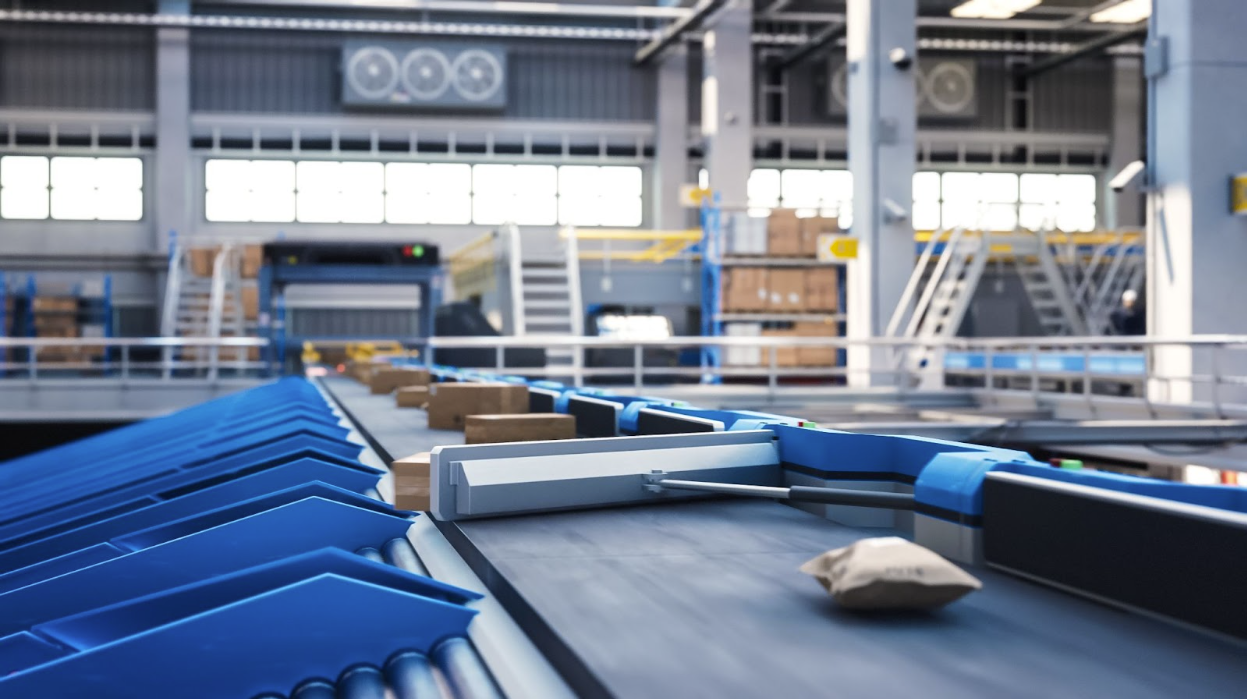
The Future of E-commerce Fulfillment: Micro-Fulfillment Centers vs. Traditional Warehousing
E-commerce isn’t just growing, it’s exploding. As customer expectations rise, the pressure is on retailers to deliver faster, more efficiently, and with fewer errors. That’s where fulfillment strategy becomes critical. For many businesses, the question isn’t if they should optimize fulfillment — it’s how. Should you invest in traditional warehousing, explore micro-fulfillment centers (MFCs), or build a hybrid model?

E-commerce isn’t just growing, it’s exploding. As customer expectations rise, the pressure is on retailers to deliver faster, more efficiently, and with fewer errors. That’s where fulfillment strategy becomes critical. For many businesses, the question isn’t if they should optimize fulfillment — it’s how. Should you invest in traditional warehousing, explore micro-fulfillment centers (MFCs), or build a hybrid model?
At Tompkins Solutions, we help businesses navigate these decisions with fulfillment strategies that align with today’s market and tomorrow’s growth. Here’s what you need to know.
Micro-Fulfillment Centers: Fast, Local, Efficient
Micro-fulfillment centers are compact facilities located closer to the end customer — often inside cities or adjacent to retail stores. Unlike traditional warehouses built on the outskirts of urban areas, MFCs prioritize speed and proximity.
Benefits of MFCs include:
- Faster Delivery Times: MFCs cut down last-mile delivery, making same-day or next-day shipping possible.
- Space Efficiency: Built vertically and packed with automation, MFCs handle a high volume of orders with a small footprint.
- Reduced Shipping Costs: Being closer to customers lowers transportation costs and reduces delivery-related emissions.
Many MFCs are powered by automation, robotic picking systems, shuttle technology, and AI-driven inventory systems, allowing them to process online orders quickly with minimal labor.
Traditional Warehousing: Scalable and Cost-Effective
Traditional warehouses still play a vital role in e-commerce fulfillment. These large, centralized facilities are often located outside of major metro areas where space is more affordable and easier to scale.
Why traditional warehouses still matter:
- Economies of Scale: These facilities can store large volumes of inventory, driving down per-unit costs.
- Diverse Inventory Management: They can house a wide range of SKUs, including oversized or special-handling products.
- Bulk Fulfillment Capability: Ideal for managing returns, restocking, or large B2B orders.
While they may not deliver at the same speed as MFCs, traditional warehouses offer more flexibility in storage and fulfillment capabilities.
The Real Future: A Hybrid Fulfillment Model
The most successful e-commerce brands won’t choose just one — they’ll integrate both.
Hybrid fulfillment models combine the speed and convenience of MFCs with the scale and storage power of traditional warehouses. Using real-time data, AI, and automation, inventory can be dynamically distributed across a network to optimize delivery times, minimize waste, and reduce stockouts.
For example, fast-moving items may be stored in MFCs for quick delivery, while bulk or less frequently ordered items stay in traditional facilities.
Building for What’s Next
As the market evolves, so must your fulfillment strategy. Consumer expectations aren’t slowing down, and neither is competition. Whether you need to get closer to your customers, scale your operations, or both, Tompkins Solutions helps you build a flexible fulfillment network with:
- Automated micro-fulfillment tech
- Optimized traditional warehouse operations
- AI and data-driven inventory orchestration
Need help mapping out your fulfillment strategy?Let Tompkins Solutions design a model that grows with you, faster, smarter, and closer to your customers.
How can we help improve your supply chain operations?
Schedule a consultation or contact Tompkins Solutions for more information.

Featured Posts
Discover valuable resources to enhance your knowledge.




